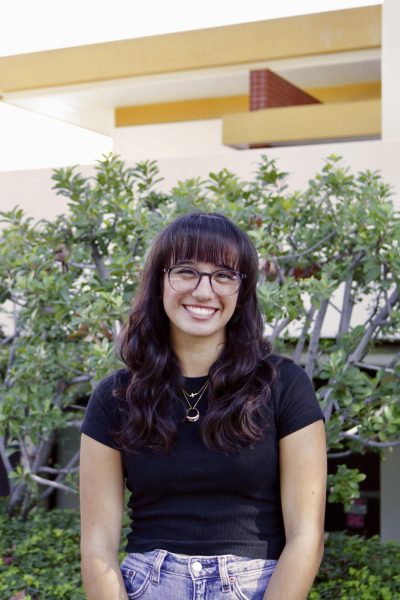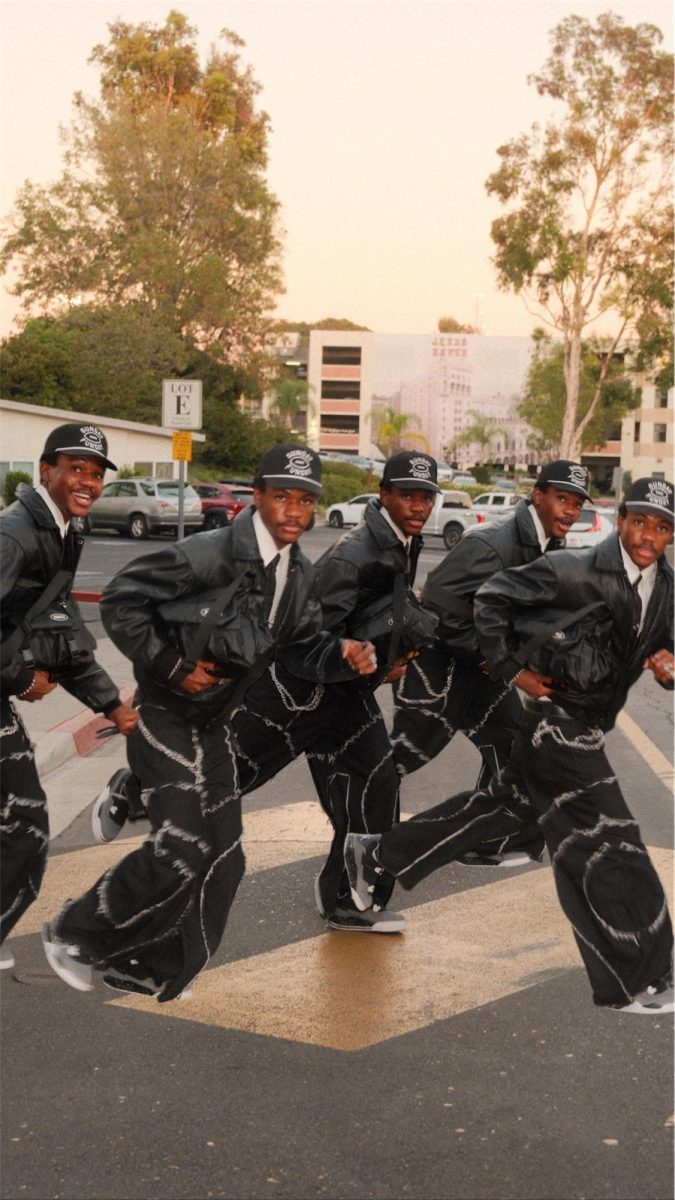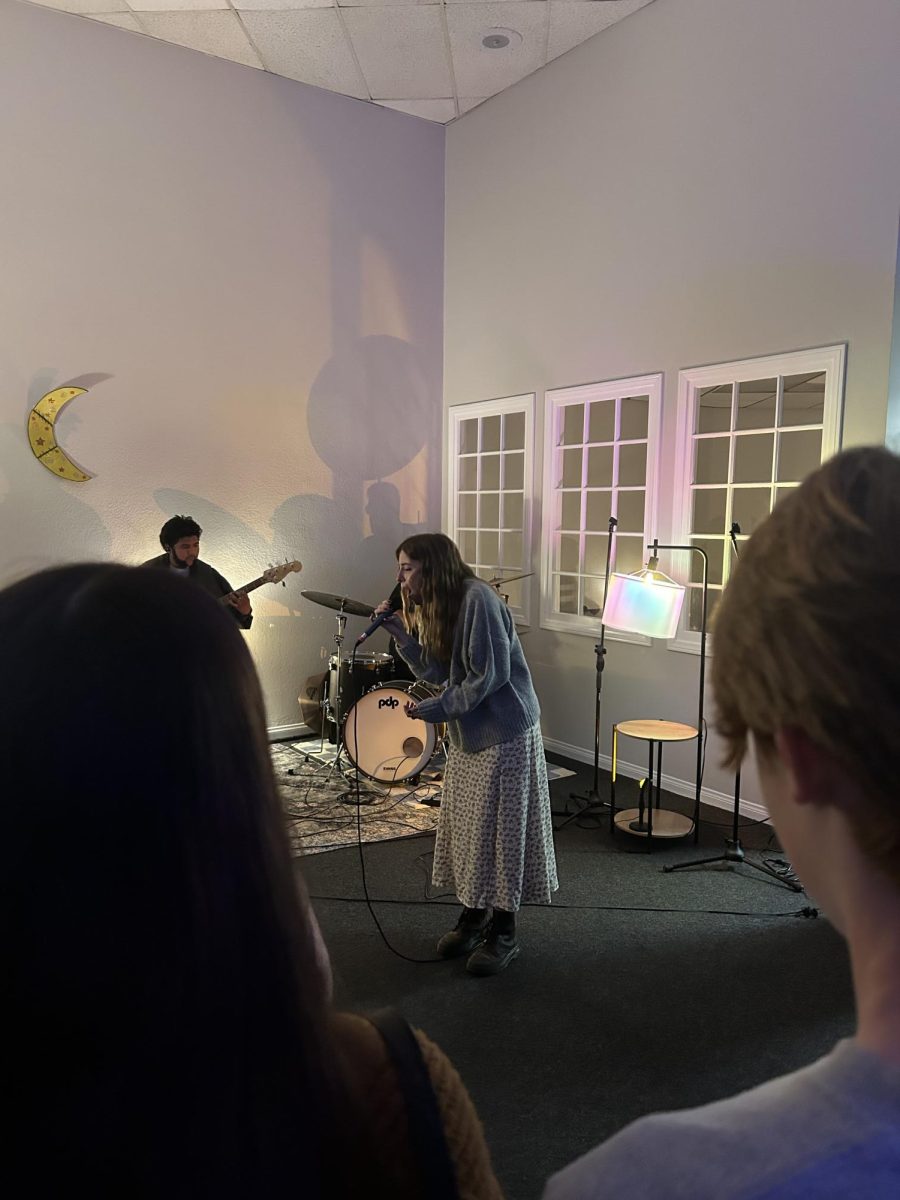In a world where computers grow smarter, Gen Z searches for something deeper, something soul-filling rather than brain-stimulating. Two young adults have seen this take place in real time in their generation– and they decided to do something about it.
Biola senior Gillian Doplemore and recent Biola graduate Izah DeFigh became friends while living as roommates in the same house. They knew that somehow, they were going to end up creating something together. After a session on evangelism during Missions Conference 2025, they came together with a shared calling on their hearts to bring the Gospel to Gen Z, addressing the issues that this generation struggles with specifically.
“A nation’s future is often determined by its youth,” said Doplemore, “ …if you can understand the youth and you can speak to the youth and you can…empower [them] to do something…you can really do a lot of good work.”
Young adults ages 18-25 are currently “the loneliest group out there”. According to DeFigh, “a lot of it was just coming back to social media.” With this kind of information in mind, they figured that there must be some kind of response through which people are directed to take action, so they began to brainstorm. They found that information paired with encouragement enables people to take action, whereas bad information alone causes people to spiral and go into a state of freeze-out from the overwhelming “bad news.” They found that connected to the bad news and social media there is a lack of less distressing information that is not only relevant, but local to the reader.
The name of the magazine, “OUTSKRTS,” came with the implication of following the Great Commission, but also obeying Mark 6:7-12 in which Jesus sent out the disciples two by two to do His work. They described the name as “the outskirts of society…you’re not…in the majority, but you know you’re not alone.” Even the graphic design of the logo tells this story, with the “O” representing the globe, and an arrow going out and back in to symbolize the “going out and coming back” calling as Christians.
Doplemore and DeFigh wanted to collaborate not just with each other, but with many other artists through the creation of this print magazine. The locality of the magazine creates a kind of closeness that most corporate publishing companies lack. The vibes are family-style, neighbors around the block, made by friends for friends. Your roommates are hosting a yard sale? You can find an ad for it in the magazine. Someone has a mini concert on campus? The information can be found in the magazine.
Keeping the Lord at the center, they include a 4-week devotional in each magazine issue. The first one held Jeremiah chapters 1-4, and the idea was to read and meditate on one chapter a week, until the next issue comes out–which would hold chapters 5-8 of Jeremiah, and so on. The devotional is placed right in the middle of the magazine, symbolizing the importance of keeping Christ at the center of their lives and of the project itself.
Although the magazines are not free, they are priced considerably cheap. This has been emphasized because although much work and time goes into creating each issue, the goal is not profit. The magazines are priced at $7 with the option to donate an extra $3 to a specific missionary fund or different charity. For the first issue, the extra $3 of each $10 purchase went to the fund for Chief O.
“We’ve raised, at this point…over $60 to the Chief O Memorial Fund,” Doplemore said. With the prices being lower, Doplemore and DeFigh hope that students and other audiences of this magazine will feel less pressure to pay money for something they don’t care about. They both agreed that sustainability is the key for keeping this magazine going, especially to get beyond the bubble of Biola students alone.
“We’re in the business of reconciliation, is kind of how I like to think about it,” DeFigh said on the topic of bringing people together with the truth of the Gospel and even reconciling humanity with the rest of creation as God designed, “in terms of like reconciling creation to God’s kingdom, reconciling people different to one another, and then [ultimately] reconciling all of us to Jesus.”
Each magazine issue will be sent out four weeks after the previous one. The first issue, which was themed after the idea of “coming home,” came out on Sept. 25. The second issue is planned to launch on Oct. 24. They will be advertising through posters and their instagram handle, and they are currently accepting pieces of art and writing and other mediums for the issue through their email.






